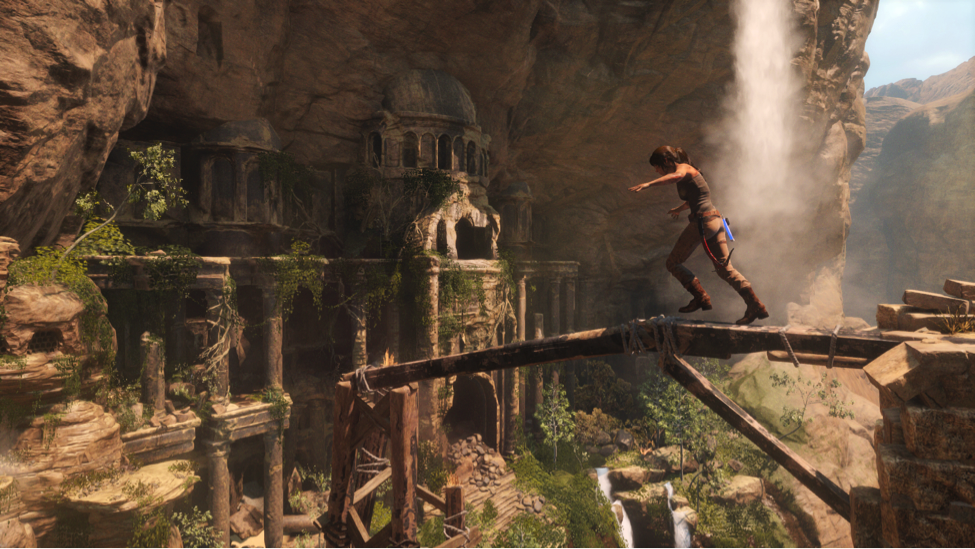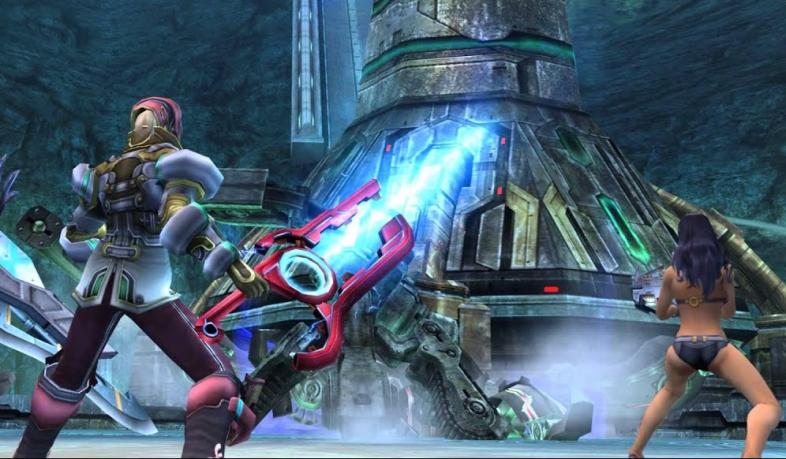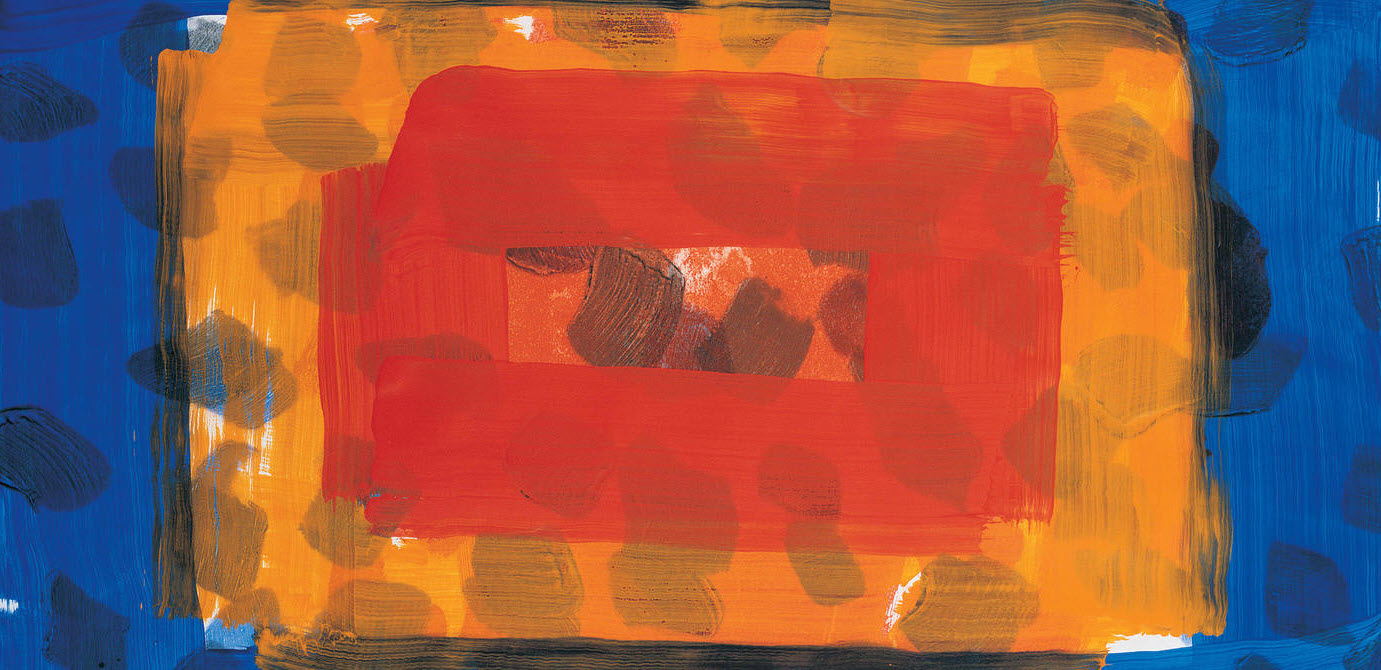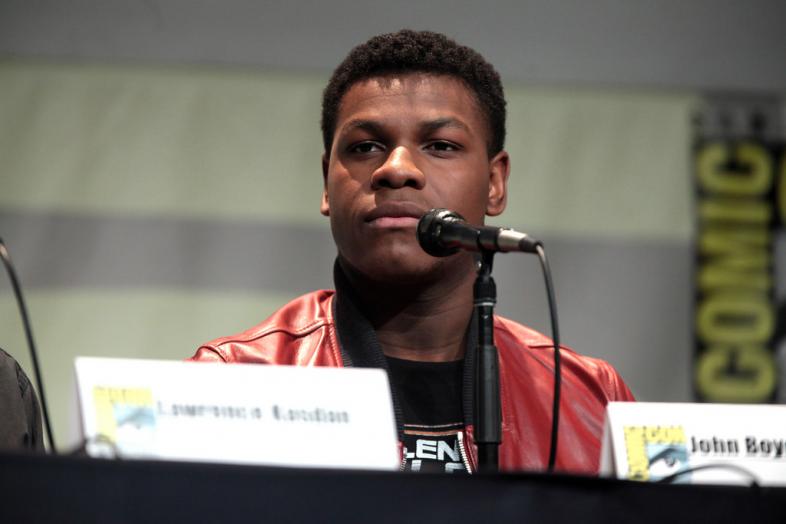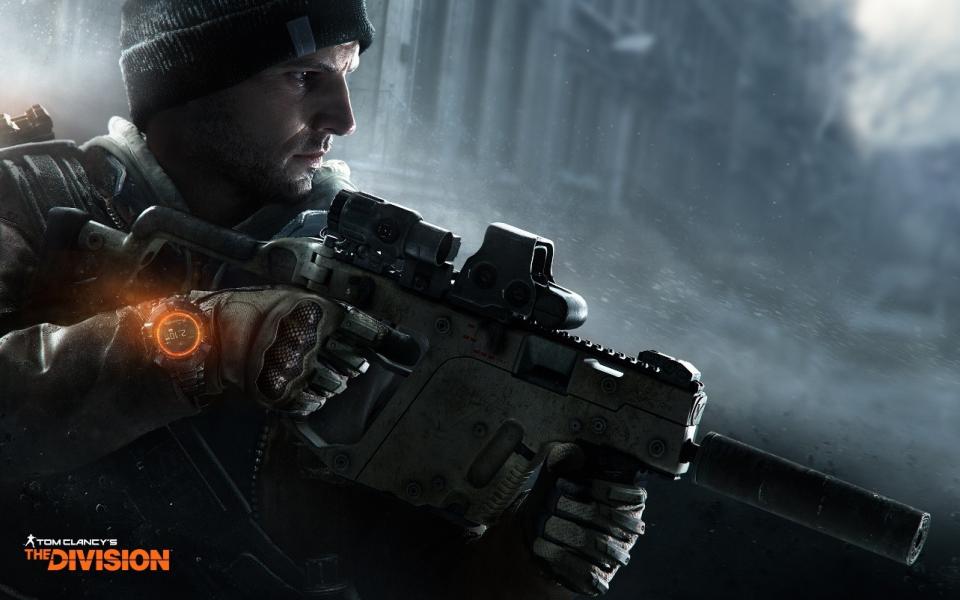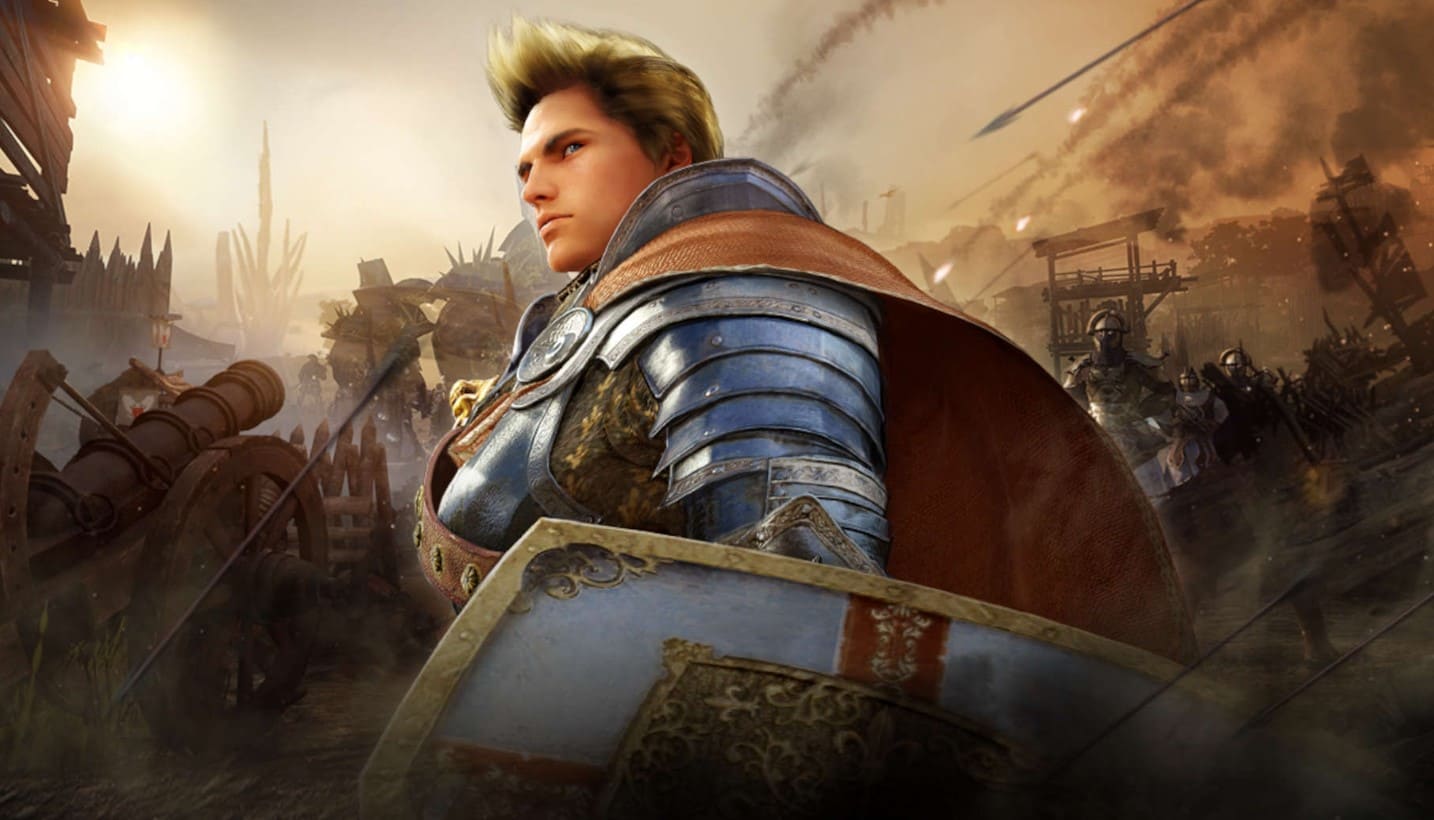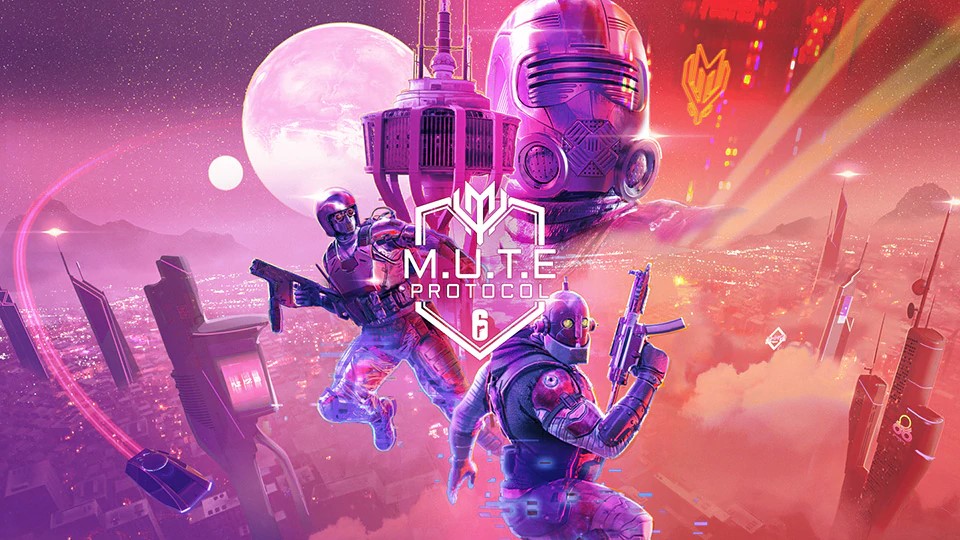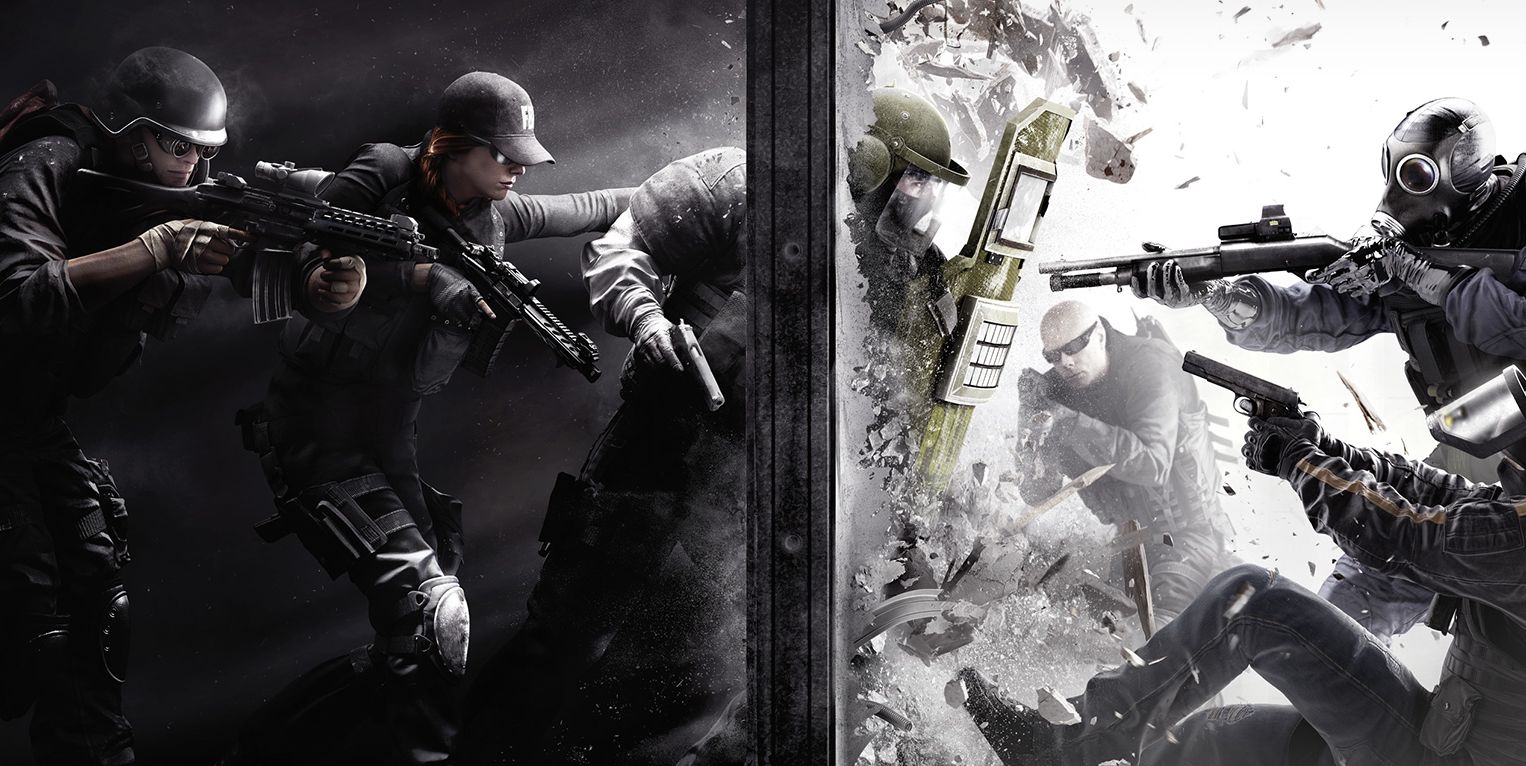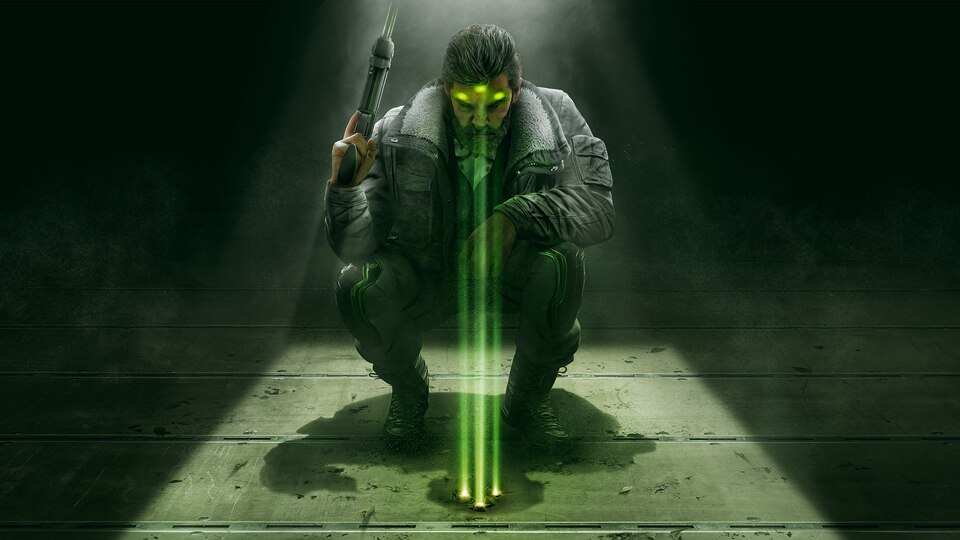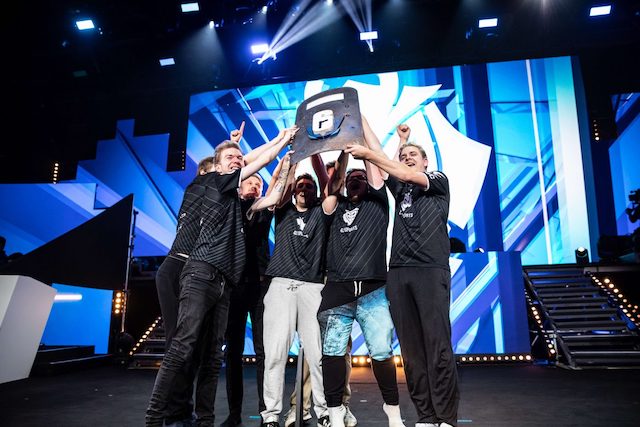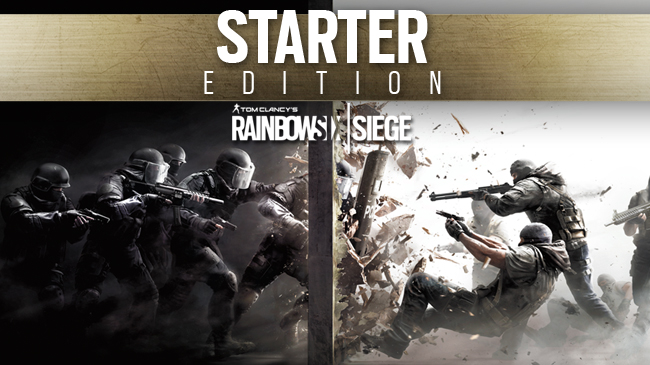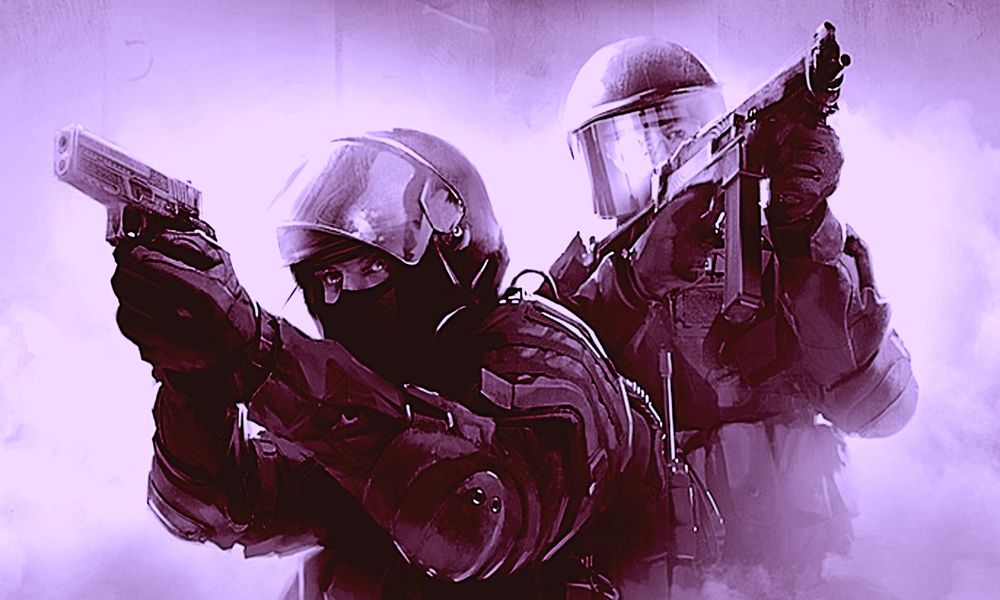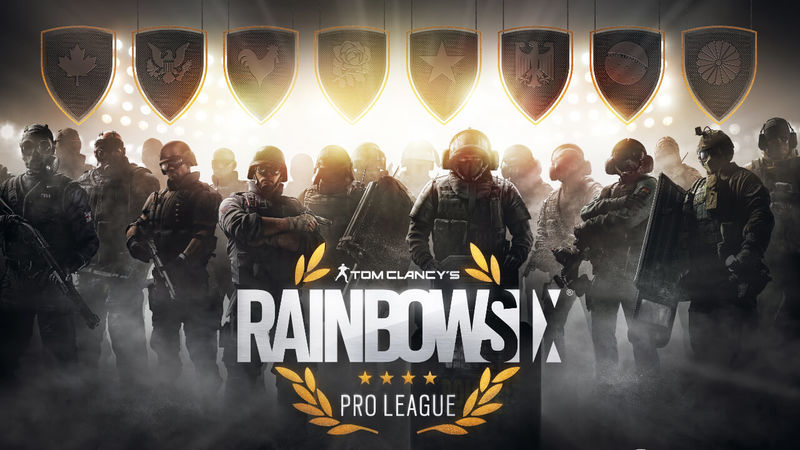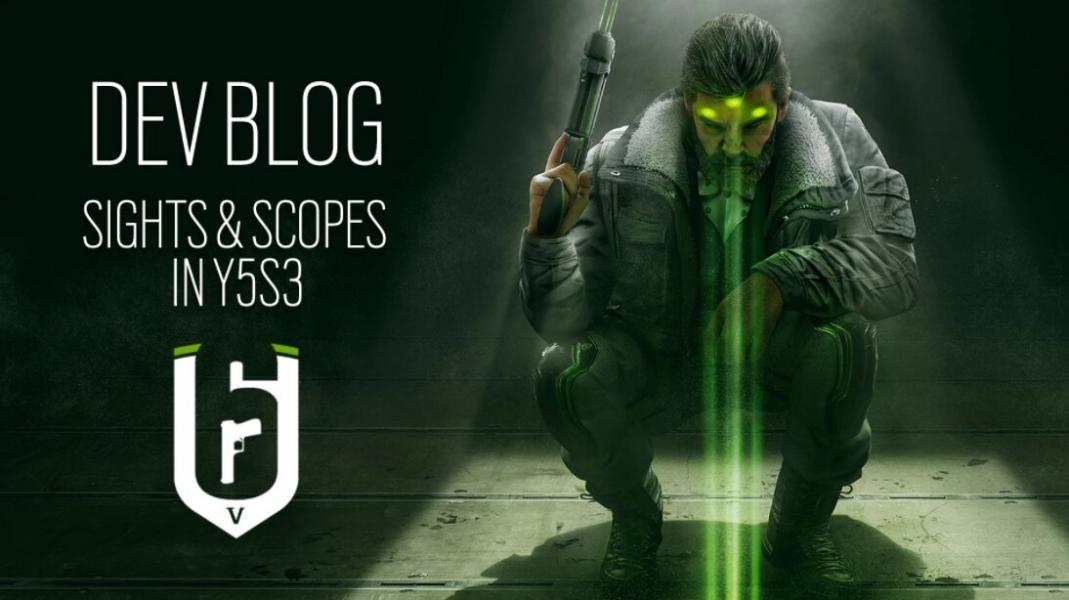
In recent years, the online gaming scene has been dominated by the massive success of the battle royale genre. I played my fair share of both Fortnite and Apex Legends, but recently I have found myself coming back to a smaller, more structured experience - Rainbow Six Siege. What I admire and enjoy about battle royale games is the stakes. You have one life, often no weapon to start with, and have to be the last one standing out of a large, scattered field of players. It becomes very intense, and has a satisfaction in victory because of the often quite difficult task of surviving upwards of 100 enemies.
For me, Rainbow Six Siege distills that same feeling into a much more concentrated package. You and your four teammates still have one life, but contrary to most battle royales’ health systems, you die very quickly, and a match consists of a best of seven series. In a battle royale game, you may fight for 20 minutes until the game reaches a fever pitch in its climactic battle, making a win all the more satisfying. In R6, this can be dragged out for a wonderfully harrowing amount of time. If in a ranked match, a series ties at 3-3, the game then becomes a best of nine overtime. You may end up playing a slow, intensely tactical game for 45 minutes only for it to come down to a 1v1 in the ninth round.
In 2020, Siege offers its unique, multiplayer FPS experience in an even better form than at launch all the way back in December 2015. The size of the game has quite literally doubled, the gameplay has been refined, and many technical issues have been addressed. Siege has received constant attention since its launch, and is about to enter its fifth in-game year with the launch of its 17th season.
So What is Rainbow Six Siege?
R6 Siege is conceptually a tactical, team-based, multiplayer FPS. Players compete in teams of five alternating in attacker and defender roles in a series of rounds where each player has one life. A cast of Operators are used as playable characters, each with a unique gadget or ability along with their own selection of weapons and tools to use in a customizable loadout. It is often described as a Hero Shooter, akin to Overwatch.
The game performs admirably as an Esport because of its emphasis on teamwork, high skill ceiling, and fairly complex meta-game. It often rewards patience, tactical thinking, good reactions, and some creativeness. Unfortunately the competitive nature of the game, like any Esports title, attracts some toxic players. This is largely avoided in the Ranked playlist, where people are usually focused on winning, but there are occasional smurf accounts or unfriendly teammates.
Ubisoft published Rainbow Six Siege in 2015 after it was developed by their Montreal studio. It has had surprising longevity, reaching its highest concurrent player count on Steam of about 176,000 in March of 2018 - 27 months after launch. Even more impressive, in January of this year, over four years after release, Siege reached its second highest concurrent player count in the game's history: nearly 158,000. And this is right before a major content update expected in the coming weeks.
Is There a Story?
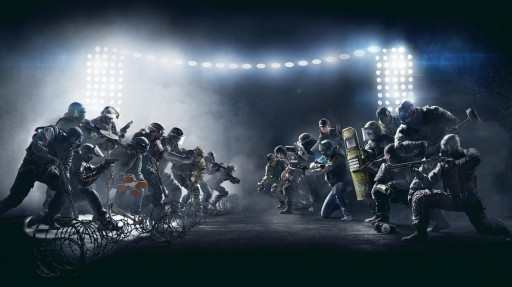
In terms of a traditional narrative… no, there isn’t really a story. There isn’t even much of a single player experience aside from a couple game modes, Terrorist Hunt and Situations, which act as a sort of training grounds and a lite tutorial respectively. The multiplayer matches, specifically its Ranked playlist, is the main focus of the game.
The meta-contextual reasoning for the events that transpire in-universe are this: there has been a resurgence in terrorist activity, mainly a cell known as White Mask. To combat this rise in terrorism, the Rainbow Program is reactivated and head by an operative known only as Six. Team Rainbow becomes a special forces unit comprised of operators from all over the globe. These operators are the playable characters, and the matches that are played between them are seen as training missions to keep them ready for the war against the White Mask.
How Does it Play?
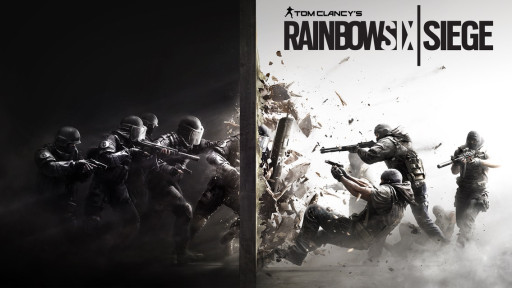
Rainbow Six Siege is difficult. And possibly even more-so if you are jumping in now after 4 years of continuous content being added. Much of the main strategy revolves around the 52 operators and their special abilities. Some of these special abilities are listed here:
- A thermite charge for destroying reinforced walls
- Door and window mounted explosives with laser tripwires
- A sledgehammer for busting holes through un-reinforced walls and barricades
- Holograms to trick your enemies
- Poisonous needles placed on the ground to sap health from your opponent
- EMP grenades for destroying gadgets
- Two way mirrors to keep yourself hidden while watching opposing players
- The ability to wipe your image from enemy camera feeds
A single round of a multiplayer match consists of two phases: the prep phase and the action phase. During the prep phase, the defenders (who are inside the building on one of the 20 maps) set up their gadgets, reinforce walls so they can only be destroyed by certain special abilities, and destroy the remote control drones of the attackers. Meanwhile, a prep phase as an attacker consists entirely of scouting the enemy position with your drone - determining which room(s) the objective is in, what operators the defenders are using, and where they might be laying traps. Once the prep phase is over, the action phase begins and the attackers attempt to infiltrate the enemy position.
The Ranked playlist has been limited to only the Bomb game mode, since it is viewed as the most competitively viable, whereas the Quick Match playlist (which also includes a larger selection of maps) has Bomb in addition to the Hostage and Secure the Area game modes. Each game mode comes down to the defenders holding one or two rooms while the attackers attempt to infiltrate the building so they can deploy a bomb defuser, rescue a hostage, or gain sole control of the objective room. The round will end if all five members of one team are killed.
How Does the Combat Hold Up?
Gameplay reveal for the upcoming season, Operation Void Edge
For me, the combat in Siege is nearly unmatched. I fell in love with the methodical nature of the game when I first started playing in 2016. A run-and-gun strategy can certainly be viable at times with some of the faster operators, but for the most part, those who are careful tend to be rewarded.
Surround sound headphones go a long way in Siege, as any movement, gun shots, or map destruction go a long way in revealing your opponents’ strategies. This leads to a lot of crouch-walking, holding angles for extended periods so your teammates can get in position, and coordinated attacks from multiple angles. Every round is timed, and there is always the possibility that the last 15 seconds will lead to absolute chaos as potentially 10 people descend upon the objective room and start firing in an attempt to eke out the win.
In R6, a headshot is a headshot. One bullet in your skull and you’re done for the round. Some of the more powerful weapons take barely more bullets than that in someone’s torso to count a kill. You are potentially only four deaths from a loss, so you’d better make each round count.
Are the Graphics Up to Par?
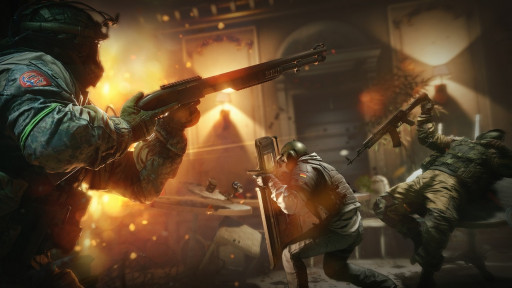
Though the gameplay of Siege is where it really shines, the graphics are honestly nothing special. They’re passable, and they don’t look bad per se, but Siege’s visuals don't even compare to other modern games such as Red Dead Redemption 2 and the 2018 God of War. In a way, the art style is purposefully basic. They don’t want any flashy visuals getting in the way of the actual game.
In the early years, the game suffered from frustratingly obtrusive lighting effects. If you were outside the building, it was sometimes difficult to see into the darkened interior; if you were inside the building, you may be blinded by the sun as soon as an attacker destroys the barricade. This is, however, a problem of the past, and the graphics and lighting have been consistently effective for quite some time now.
Are the Developers Any Good?
Siege was developed by the Montreal division of Ubisoft. The game entered the scene near the beginning of this generation’s games-as-a-service fad. It has received constant attention over the last four years to solve problems such as the aforementioned lighting issues, and add more operators, maps, items, weapons, cosmetics, and quality of life improvements. This work by Ubisoft Montreal has really paid off considering the recent spikes in player numbers.
Ubisoft Montreal should also be commended for not being the doom of their own creation. They once stated they intend to have the game reach 100 playable operators. While they have recently backed off of this lofty goal, they have still put in a large amount of characters and have managed to avoid power creep and operator mechanics that completely break the game. Recently, Ubisoft Montreal has been very responsive when exploits are found in the game, and have quickly taken action to deactivate the belligerent operator, weapon, or item.
How Much is This Going to Cost Me?
There are many different versions of the game, but upon checking Steam while writing this, the base game is available for eight dollars. Now keep in mind that this will only include the original 20 operators, and other versions of the game will come with different amounts of operators and in-game currencies included. All maps have been released for free and any newer operators can be unlocked by spending one of the in-game currencies known as Renown, which is earned at the end of every game.
In my first stint with the game, I purchased the season passes for the first two years, giving me immediate access to two new operators each season for a total of eight by the end of Year 2. Since picking up Siege again a couple months ago, I haven’t spent a single dollar, and have managed to play enough to unlock a handful of the 16 newer operators whose abilities interested me most. Unlocking operators with Renown can feel like a grind at times, but I don’t mind it simply because the gameplay is so compelling.
Final Verdict: 9/10
Pros:
- Excellent gameplay and shooting mechanics
- Interesting meta-game and strategies that are always changing
- Compelling emphasis on teamwork
- Consistent support from the developers
- Wide array of operator abilities that support any number of playstyles
Cons:
- The occasional toxicity online
- Potential grind if you start with only the base game
- The rare occurence of game-breaking bugs and exploits

